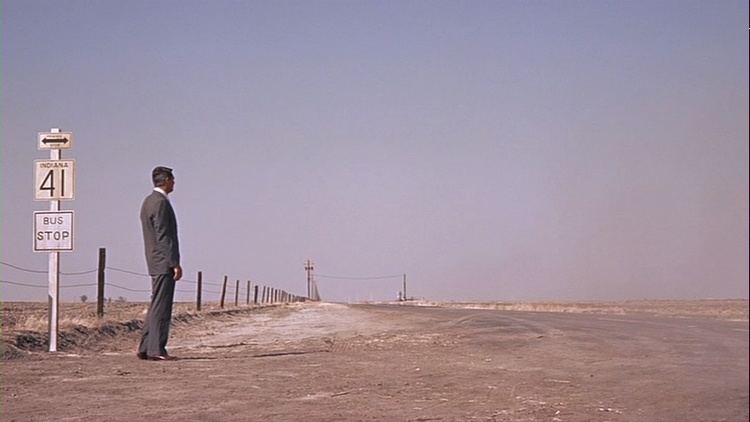 | ||
1016 first look a long shot
Introduction
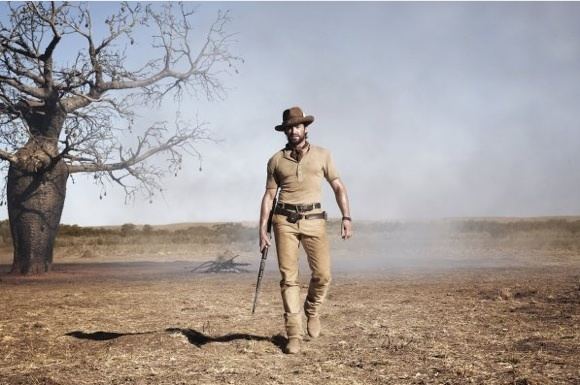
In photography, filmmaking and video production, a long shot (sometimes referred to as a full shot or, and to remove ambiguity it will be called a, wide shot) typically shows the entire object or human figure and is usually intended to place it in some relation to its surroundings. These are typically shot now using wide angle cameras (approximately a 25mm lens in 35mm photography and a 10mm lens in 16mm photography.) However due to the sheer distance establishing shots and extreme wide shots can use almost any camera type.
Contents
- 1016 first look a long shot
- Introduction
- History
- 1880s
- 1890s
- Early 1900s
- 1950s
- Modern era of film
- Types
- Notable examples
- References
History

This type of filmmaking was a result of filmmakers trying to retain the sense of the viewer watching a play in front of them, as opposed to just a series of pictures.

The wide shot has been used since films have been made as it is a very basic type of cinematography. In the 1878, the one of the first true motion pictures, Sallie Gardner at a Gallop, was released. Even though this wouldn’t be considered a film in our current motion picture industry, it was a huge step towards complete motion pictures. It is arguable that it is very basic but it still remains that it was displayed as a wide angle as both the rider and horse are fully visible in the frame.
1880s
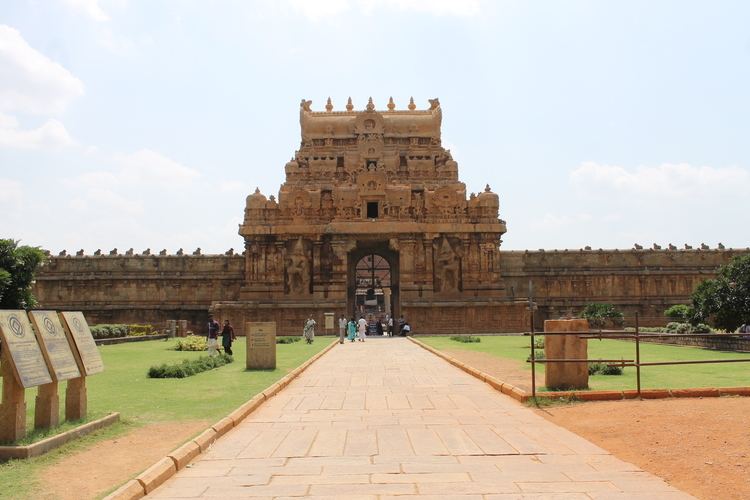
After this innovation, in the 1880s celluloid photographic film and motion picture cameras became available so more motion pictures could be created in the form of Kinetoscope or through projectors. These early films also maintained a wide angle layout as it was the best way to keep everything visible for the viewer.
1890s
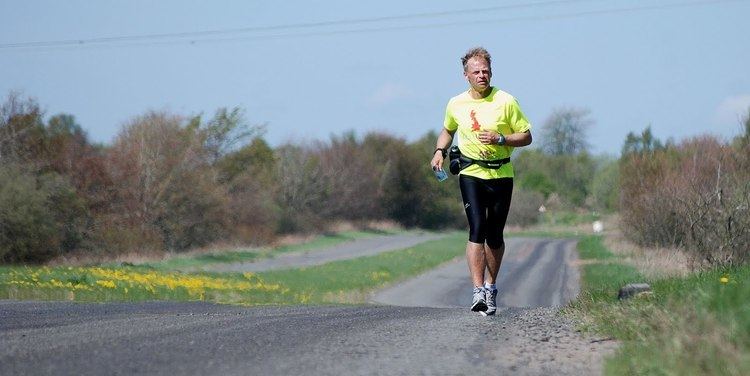
Once motion pictures became more available in the 1890s there were public screenings of many different films only being around a minute long, or even less. These films again adhered to the wide shot style. One of the first competitive filming techniques came in the form of the close-up as George Albert Smith incorporated them into his film Hove. Though unconfirmed as the first usage of this method it is one of the earliest recorded examples. Once the introduction of new framing techniques were introduced then more and more were made and used for their benefits that they could provide that wide shots couldn’t.
Early 1900s
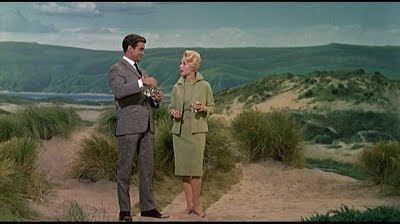
This was the point at which motion pictures evolved from short, minute long, screening to becoming full length motion pictures. More and more cinematic techniques appeared, resulting in the wide shot being less commonly used. However, it still remained as it is almost irreplaceable in what it can achieve.
1950s
When television entered the home, it was seen as a massive hit to the cinema industry and many saw it as the decline in cinema popularity. This in turn resulted in films having to stay ahead of television by incorporating superior quality than that of a television. This was done by adding colour but importantly it implemented the use of widescreen. This would allow a massive increase amount of space useable by the director, thus allowing an even wider shot for the viewer to witness more of whatever the director intends to evoke with any given shot.
Modern era of film
Most modern films will frequently use the different types of wide shots as they are a staple in filmmaking and are almost impossible to avoid unless deliberately chosen to. In the current climate of films, the technical quality of any given shot will appear with much better clarity which has given life to some incredible shots from modern cinema. Also, given the quality of modern home entertainment mediums such as Blu Ray, 3D and Ultra HD Blu Rays this has allowed the scope and size of any given frame to encompass more of the scene and environment in greater detail.
Types
There are a variety of ways of framing that are considered as being under the banner of Wide Shots, these include:
Notable examples
Many directors are known for their use of the variety of wide shots. A key example of them is the frequent use of establishing shots and very wide shots in Peter Jackson’s Lord of the Rings trilogy showing the vast New Zealand landscape to instill awe in the audience.
In the 1993 film Schindler's List, there is a running image of a small girl trapped within a concentration camp wearing a red coat (the only colour in the film). She is frequently pictured in a wide shot format as a way to display both her and the horrific surroundings to build a disturbing contrast.
In the 1939 film The Wizard of Oz, a very wide shot is used that keeps all the protagonists on screen with the Wizard's palace in clear view. The Wizard of Oz was also one of the first mainstream motion pictures to include colour.
The 1962 Lawrence Of Arabia contains an enormous number of extreme wide shots which successfully induced the feeling of scale of the lead in his surrounding and aesthetically dwarfed him due to his surroundings making him seem more vulnerable and weak.
In the 1981 the first film in the Indiana Jones film series Raiders of The Lost Ark contains the use of a long shot to show the dangerous scale of a boulder that is chasing our protagonist.
In the 2008 film The Dark Knight featured an impressive practical stunt in which a large truck and trailer are flipped nose first. This is shot very far back to give the shot more clarity and to see the flip through its entirety as oppose to cutting mid-way through.
In the 2015 Ridley Scott film The Martian our protagonist Mark Watney is stranded on Mars and the film contains an enormous amount of all the wide shots (EWS, VWS, WS). These are used to show the martian landscape and give the character the sense of isolation that the film would want.
